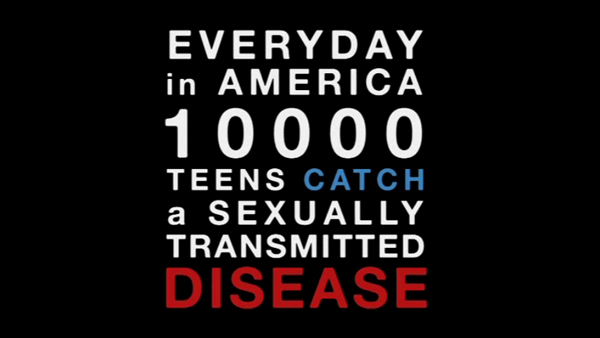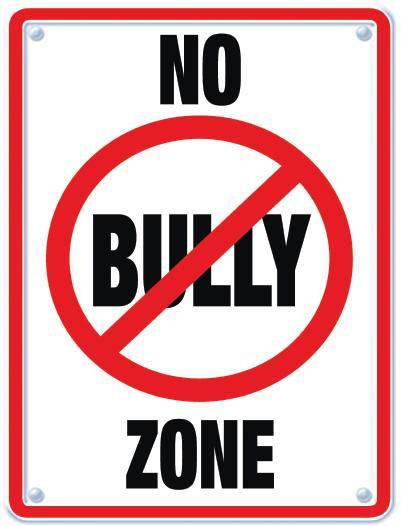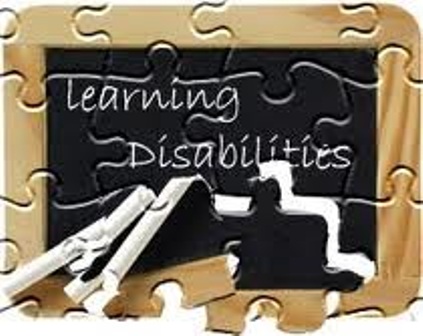Sexually Active Teens – we explore the teen sex facts and statistics. Includes info on condom use, talking to teens about sex, and more.
Teen Sex Statistics: It is no secret that teenagers in the United States are likely to be sexually active. Indeed, the Centers for Disease Control (CDC) report that by the age of 20, nearly 3/4 of teenagers have had sexual intercourse. But, the CDC reports, that number is declining. Among seniors in high school, the number of teenagers who have had intercourse has dropped to 60.5 percent, from 66.7 percent in 1991.
However, the Guttmacher Institute reports that the rate of teens that have had intercourse before the age of 15 is higher in the United States than in other developed nations. One study by the American Public Health Association, put the percentage of teens that had sex by the 9th grade at 33 percent. The CDC reports that today’s adults report that only 16 percent had sex by age 15. While the incidence of sexually active teens may not be going up, they are having their first sexual experiences at a younger age.
This presents an interesting question: why are teens in the U.S. engaging in sexual intercourse earlier? The answer may lie in what teenagers themselves believe about sex.
Sexually Active Teens and Peers: The American Public Health Association (APHA), reports Psychology Today, did a study and found that one of the biggest reasons that teenagers engage in sexual activity is because they think their peers are also having sex. Peer pressure is a factor in the sexual landscape for American teenagers. Even if their peers really aren’t having sex, the perception that they are encourages some teenagers to become sexually active. Many of the teens that were sexually active reported that most, or nearly all, of the other teenagers in their grade had had sex – even though this wasn’t the case in reality.
Teen Sex in Media: According to the American Social Health Association (ASHA), one of the factors that increases the perception that peers are having sex is media content. Teenagers that watch sexual content in the media are more likely to overestimate the amount of sex their friends and acquaintances are having. They are also more likely to feel permissive of sexual activity and multiple partners.
Teen Sex Issues: Teenage girls have more interesting challenges. The APHA study found that the earlier a teen girl became sexually active, the more likely it was that her partner was older. The younger the girl, the larger the age gap with her partner. APHA found that the gap in girls who lost their virginity by age 12 usually had partners at least five years their senior. This is troubling, in that it indicates that older partners may pressure young teen – and even preteen – girls into having sex.
Teen Oral Sex: One of the sexual behaviors increasing amongst teens is the incidence of oral sex. 50 percent of teenagers ages 15 to 19 have engaged in oral sex, reports the CDC. That number increases to 70 percent when the oldest – 18 and 19 year olds – are taken out of the mix. The main reason that oral sex is increasing among teenagers, some think, is because it is perceived as safer than intercourse. Additionally, with the rise of interest in virginity and movements to “save” themselves for marriage, many teenagers consider themselves “technical” virgins if they have not engaged in intercourse. Oral sex doesn’t “technically” count as losing one’s virginity.
This behavior, though, is not entirely out of the ordinary. Indeed, the incidence of teen sex doesn’t appear to be increasing. The CDC did a study of adults, and found that only 15 percent of them waited until 21 to have sex. This means that most of the adults that are worried about their kids having sex most likely had sex themselves as teenagers.
Perhaps of greater concern is the fact that teen pregnancy has not abated. The Guttmacher Institute points out that the United States has a much higher rate of teen pregnancy than any other developed nation. Planned Parenthood places this trend squarely on the shoulders of the current push for abstinence-only sexual education. Teen pregnancies have not gone down in the meantime, but diseases like Chlamydia and syphilis are making a comeback in some states.
Teen Condom Use: Interestingly, protective practices seem to be catching on in younger students. The Child Trends Data Bank reports that among sexually active 9th graders, condom use is at 75 percent. This is encouraging. However, as students get older, they seem less likely to engage in this protective behavior; only 55 percent of 12th graders use condoms. Is it because by senior year many teenagers are down to “steady” partners and engaging in monogamous sex?
This may be the case. The Guttmacher Institute points out that 9th graders in the United States are more likely to have multiple partners, in addition to being more likely than their foreign counterparts to engage in sexual activity.
Teen Sex Talk: APHA maintains that the best way to encourage protected sex, as well as limit early sexual activity in teenagers, is to provide a supportive environment. Openness about sex and sexual issues, as well as supportive discussions of family values, can help teenagers make better informed decisions about their sexual activity.
Talk to your teen about sex. You can help them learn the teen sex statistics and teen std statistics. This could help prevent a teen pregnancy or STD. Sexually active teens are at risk and should learn about teen condom use. Click here for more on pregnancy statistics.






